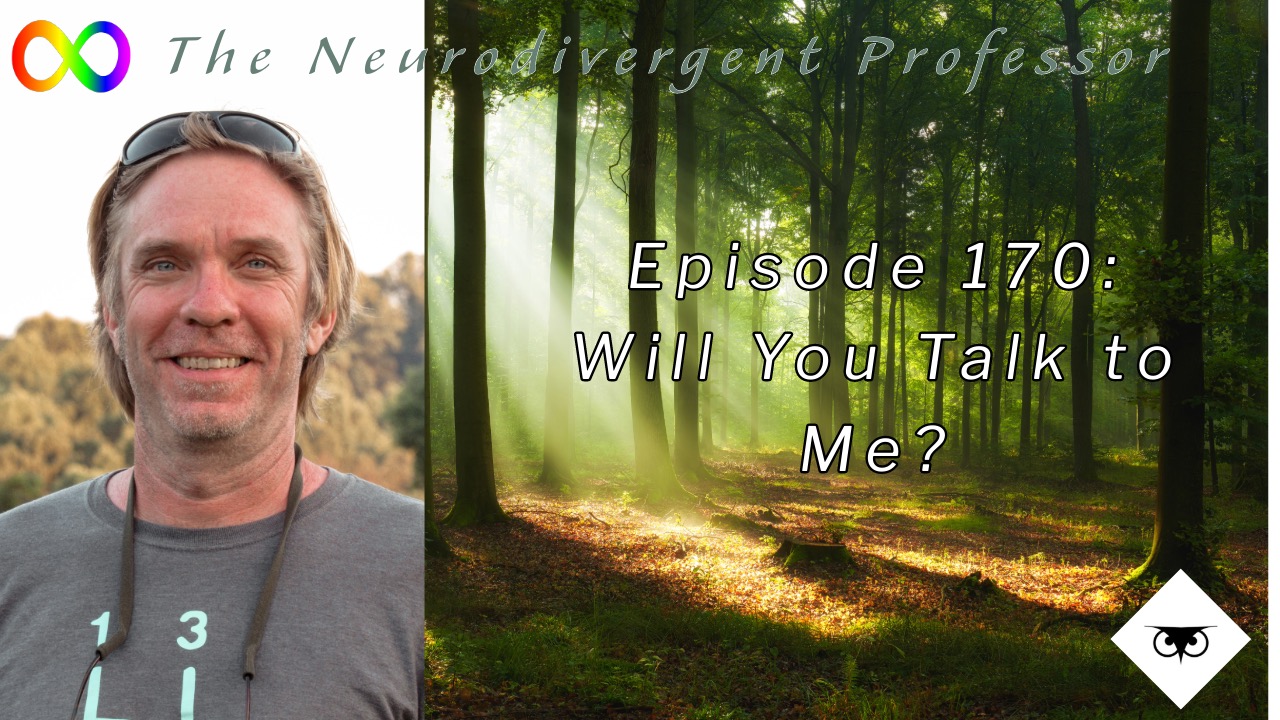
Sticks and stones may break my bones, but words will never hurt me
Do you remember this nursery rhyme?
When I was younger, I believed it. I thought I would rather be yelled at than physically harmed. While I feel lucky to have received more verbal bullying than actual butt-kickings, I’m not so sure the damage was less harmful.
As an adult, I realize words have real power and do a lot of harm on their own. Sometimes I wonder if words hurt worsethan beatings. Certainly, words don’t ‘never hurt me’. Sticks and stones may break our bones, but words can break everything else. Including our hearts.
Words are hard, and communication is even harder. I often say it’s remarkable any two people can have a conversation where each person simultaneously feels understood and that they truly understand the other person.
As fancy as our human brains have become, we haven’t mastered the software, yet. It’s like we were given a Ferrari when we first got our license but we can’t keep it on the road. Truly, the evolution of human language and conversation seems haphazard at best.
Poor communication can be traumatic
My experience in therapy, particularly using the Internal Family Systems (IFS) model, taught me that I had unmet needs as a kid. For whatever reason, I needed more information than was made available. I quickly learned that the people in my life, including my parents and teachers, didn’t want to communicate the way I needed to communicate.
Differences in communication styles can lead to incomplete understanding. Again, it’s a wonder we ever have an effective conversation given the communication challenges. We define words differently, we use slang terms, and there is often non-verbal communication occurring.
Communication is more than just trading words
In addition to the obvious back-and-forth word exchange, other elements complication our conversations. Our posture, body language, and gestures can modify the words we use.
Similarly, the somatic or bodily feelings we get from the other person can influence what we hear. We experience chills up our spines, twinges in our guts, or blood rushing to our faces. Conversations are full of somatic reactions if we pay attention. What do these mean and how do these feelings alter what we hear or say?
How we talk can be just as important as what we say. Effective communication requires multiple levels of interpretation.
How do we ever know if we get it right?
Lack of effective communication can make us feel unsafe
My childhood trauma centers around not understanding what was going on or what was going to happen. I felt out of control in my home environment because I didn’t comprehend the rules and norms. People didn’t talk very much, and what they did say often disagreed with what they did.
The lack of knowing and being out of control made me feel unsafe. This, of course, led me to need to understand even more but also to develop strategies to cope with the unsafe feelings.
I learned, or created Parts in the IFS sense, to protect me from feeling unsafe. When I didn’t have the information necessary, I made up stories. When the words didn’t come, I posited explanations for other people’s behavior that made sense in the context of what they were doing. I told myself comforting stories about my family, my school, and myself so I could get through the day.
This ability helped me survive childhood but has been maladaptive in adulthood. I have spent most of the past decade trying to unlearn these techniques. It turns out, my stories were inaccurate (surprise). No one can read other people’s minds.
Relationship quality depends on effective communication
People who suffer from poor communication often make up stories to feel safe. Many of our maladaptive childhood schemas stem from this storytelling. If we are lucky, we realize this before it’s too late. Like many of us, I am working hard as an adult to learn how to better communicate and make sure I get my needs met.
However, every conversation is (at least) a two-way street and part of effective communication is out of our control. The degree to which the other person or people are willing to try is out of our hands. Luckily there are strategies to help us help others. Marshal Rosenberg’s ‘Nonviolent Communication’ is a great start.
In the end, communication is an act of love
Love should be unconditional. If we don’t use words to portray this feeling, how do we know whether we have it? Sure, nonverbal communication can be helpful and effective. But we owe it to ourselves and fellow humans to help each other be heard.
If a conversation occurs in the woods, but neither party is listening, does anyone get their needs met?
More about the evolution of communication in this week’s episode:
Streaming audio podcast:
https://www.buzzsprout.com/530563/14769833
YouTube video:
Discover more from Revolutionizing human evolution
Subscribe to get the latest posts sent to your email.

